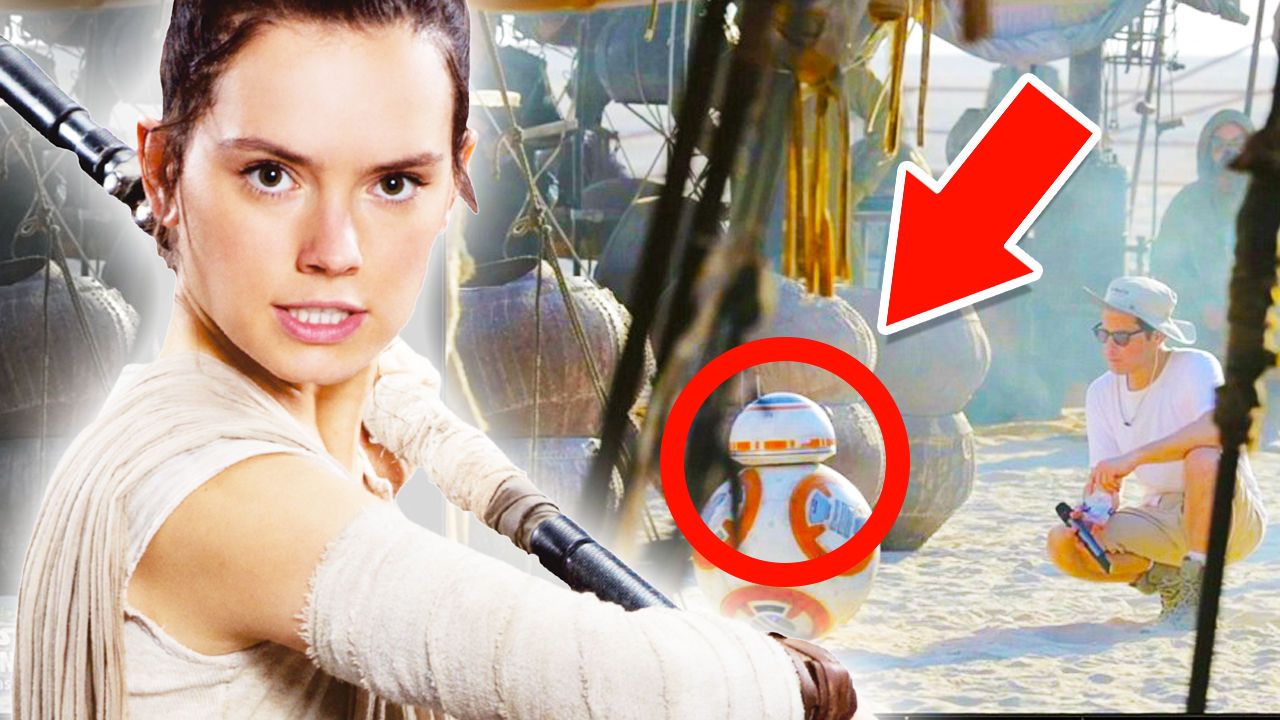As technology evolves, CGI has become a prevalent tool filmmakers use for the visual effects they need in their movies. Just about anything is possible with computers, meaning that the only limit is the director’s imagination. While digital effects are extremely photorealistic and an easy, safer method, there are those who still prefer to do things to old-fashioned way. Practical effects still have a place in Hollywood and are arguably making a comeback in big budget productions. Here are 10 amazing movie special effects that are not CGI.
The Dark Knight Rises
In the opening sequence of this threequel, Bane and his mercenaries hijack a CIA plane and crash it, jumping to another aircraft for their getaway. It seems tailor made for CGI, but Christopher Nolan did it for real. Stuntmen jumped out of a real C-130 jet in the beginning, and their exterior shots on the CIA plane were accomplished by hanging a piece of fuselage from a helicopter. A model was used for the part when the plane’s wings blew off, and an actual aircraft was dropped from the sky at the end. The jaw-dropping scene took only two days to film, which is even harder to believe now.
Star Wars: The Force Awakens
J.J. Abrams used motion capture for two new characters in his Star Wars sequel, but the lovable droid BB-8 was the real deal. Seven props were constructed for the film, including one that had to be operated by a puppeteer. Having an actual robot on set was beneficial for actors Daisy Ridley and John Boyega, who shared a number of scenes with BB-8 in the movie’s first act. Knowing that the droid was a practical effect was a prime example of movie magic, and wowed fans that saw BB-8 attend conventions and events throughout the year. It was so successful, Rian Johnson will be using the props for Episode 8.
The Amazing Spider-Man
Sam Raimi’s trilogy used digital effects to show Peter Parker swinging through New York, so Marc Webb tried something different for the reboot. The 2012 film used stuntmen hanging from wires that were allegedly “no thicker than a bootlace” 60 feet in the air. The wire was connected to a winch on a rail, which would move down to create the full arc of the swing. It’s kind of incredible that Webb went to these lengths to bring Spider-Man alive, demonstrating extra determination and effort. Hopefully, the MCU films with the new Spidey will carry over some of these techniques to ground the hero in reality.
Star Trek
To deactivate Nero’s drill, Kirk, Sulu, and a poor red shirt need to perform a jump from space into Vulcan’s atmosphere. Initially filming the actors on harnesses facing downward, J.J. Abrams had to resort to a different method when they kept passing out. It wasn’t CGI. Abrams shot the actors standing on mirrors from an angle so that the reflection of the sky from behind the actors created the illusion of them falling through the air. It would have been simple to stick them in front of a green screen, but this proved to be a creative solution to a problem and nobody knew the difference when watching it for the first time.
The Dark Knight
The centerpiece of The Dark Knight is the car chase through Gotham City, where the Joker attempts to take out an armored vehicle escorting Harvey Dent. Always one for practical effects, Christopher Nolan crafted it so that it could all be captured in-camera. This included the money shot of the sequence: an eighteen-wheeler flipping over in the streets. The crew actually used a real truck for filming, building a steam-piston mechanism to put in the trailer to create the needed upward force. After testing it out, they closed off a section of Chicago and flipped the truck, delivering an iconic cinematic moment.
Inception
By now, fans are aware that Joseph Gordon-Levitt’s hotel fight was accomplished by building a rotating set, but Christopher Nolan did even more outrageous things practically. When the team first enters the first dream level in the third act, a train comes shooting through the street, knocking over all the cars in its path. A life sized train was actually constructed and then molded to a semi, which would then drive through the set creating the needed effect. Even though the train is only in the film for a fleeting moment, it was still important for the crew to do it for real, and audiences are all the more appreciative of their efforts.

